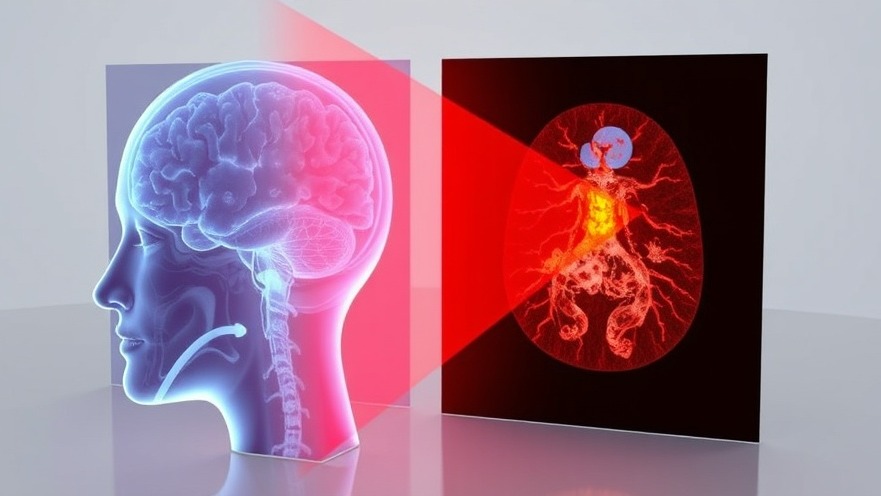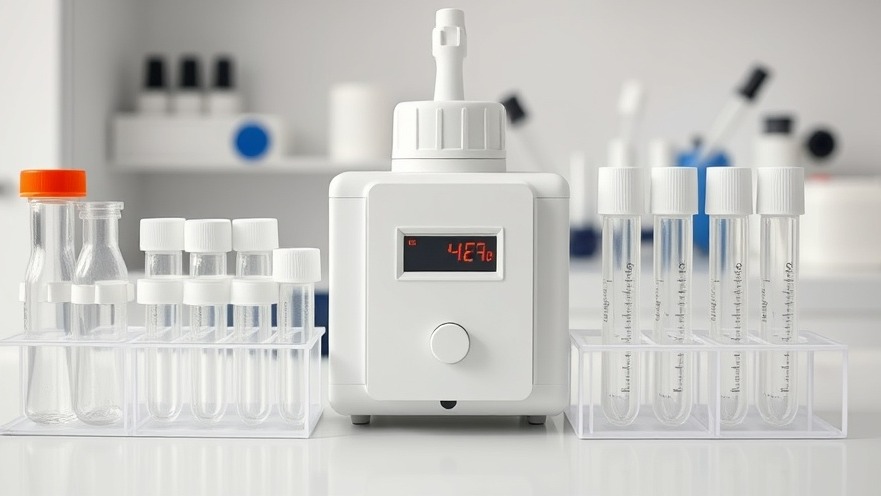
Revolutionizing Cancer Detection with a Mini Robot
The recent development of a miniature rolling robot by researchers from the University of Leeds marks a significant milestone in the field of cancer diagnostics. This innovative design allows for the first-ever generation of high-resolution, three-dimensional ultrasound images from within the gastrointestinal tract, creating possibilities for effective early cancer detection strategies.
How Virtual Biopsies Work
This groundbreaking technology utilizes a process known as 'virtual biopsies.' Unlike traditional biopsies that involve extracting tissue samples, virtual biopsies give doctors immediate access to diagnostic data. By equipping a flexible endoscope with a high-frequency imaging device, the robot can navigate intricate pathways in the body, allowing for immediate tissue analysis and diagnosis.
Professor Pietro Valdastri, who directed the research, noted, "This approach enables in-situ tissue analysis and diagnosis of colorectal cancer, with immediate results." This immediate feedback can significantly reduce the anxiety that often accompanies waiting for biopsy results, allowing for faster patient care and intervention.
The Oloid Shape: A Game Changer
The use of a 3D geometrical shape known as the oloid contributes to the robot's unique rolling motion, which enables it to maneuver through the body's complexities more efficiently than any traditional device. This enhanced range of motion is not just a technical triumph; it is pivotal for accurate navigation and imaging. The seamless integration of this design empowers healthcare providers to gather critical information from hard-to-reach areas.
A Collaborative Effort in Innovation
The success of this project is a testament to the power of interdisciplinary collaboration in medical technology. Engineers from Leeds teamed up with scientists and clinicians from both Glasgow and Edinburgh to develop and integrate the necessary components of the device. This innovative teamwork highlights the importance of diverse perspectives in advancing healthcare technology.
Broader Implications and Future Trends in Cancer Care
The implications of this technology extend well beyond colorectal cancer diagnostics. The ability to conduct non-invasive scans with immediate returns could set a new standard for how various cancers are detected—potentially transforming treatment pathways. As healthcare providers look toward the future, incorporating such technology could enhance overall patient experience and outcomes.
Actionable Insights for Health Practitioners
For concierge health practitioners, staying informed about such revolutionary technologies is vital. Embracing these advancements not only empowers practitioners but also enhances their ability to provide exceptional care. Consider exploring these technologies on a deeper level to understand the specific applications and benefits they might offer your practice.
Understanding Patient Impact
High-tech innovations like this robot are reshaping the healthcare landscape and patients' expectations for care. Imagine a patient receiving instant insights about potential lesions during an examination rather than waiting weeks for lab results. This shift could foster stronger trust and engagement between practitioners and patients, cultivating a more proactive approach to health management.
In conclusion, the tiny rolling robot represents a leap toward a new era in diagnostics, one where technology enhances our capabilities and improves the patient experience. As this technology evolves, healthcare practitioners must stay informed and ready to integrate these innovations to elevate care standards.
Interested in how this technology might impact your practice? Stay tuned for more insights into emerging medical innovations and their practical applications.
 Add Row
Add Row  Add
Add 






Write A Comment